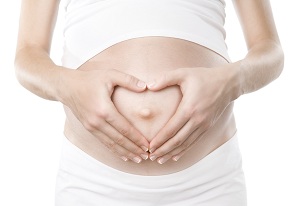The microbiota is the set of bacteria that live inside the human intestine. It is an essential community for the proper functioning of the organ and therefore for the well-being of the individual. According to a study led by Dr. Sara Lundgren, feeding during pregnancy could influence the microbiota of the unborn child.
The team of Dr. Lundgren analyzed the composition of the microbiota of 97 children, all born with natural childbirth. They identified the following average bacterial composition:
- 20% enterobatteriacee
- 18.6% bifidobacteria
- 10.44% bacteroids
- 8.10% streptococci
The authors identified three different clusters of microbes in the intestinal bacterial composition. In group 1 there was an abundance of bifidobacteria; in group 2, streptococci and clostridium prevailed; in group 3 there were mostly bacteroids. The intestinal bacterial composition was different in 48 children born by cesarean section. In the latter group 1 showed abundance of bifidobacteria; group 2 was characterized by high levels of clostride and low streptococci; in 3 abounded enterobacteriaceae.
According to the authors of the study, some differences may have also been influenced by the diet of mothers during gestation. In naturally born children, the chances of returning to group 2 increased by 2.73 times for each portion of fruit consumed daily by the mother. In contrast, bifidobacteria levels were very high in children born by caesarean from mothers who consumed so much red meat.
Source: biomedcentral.com
















